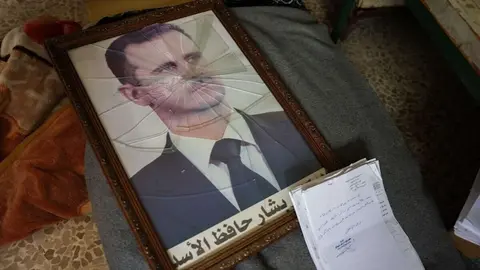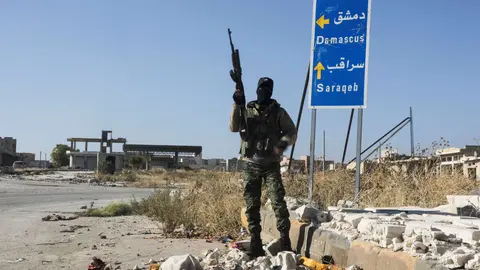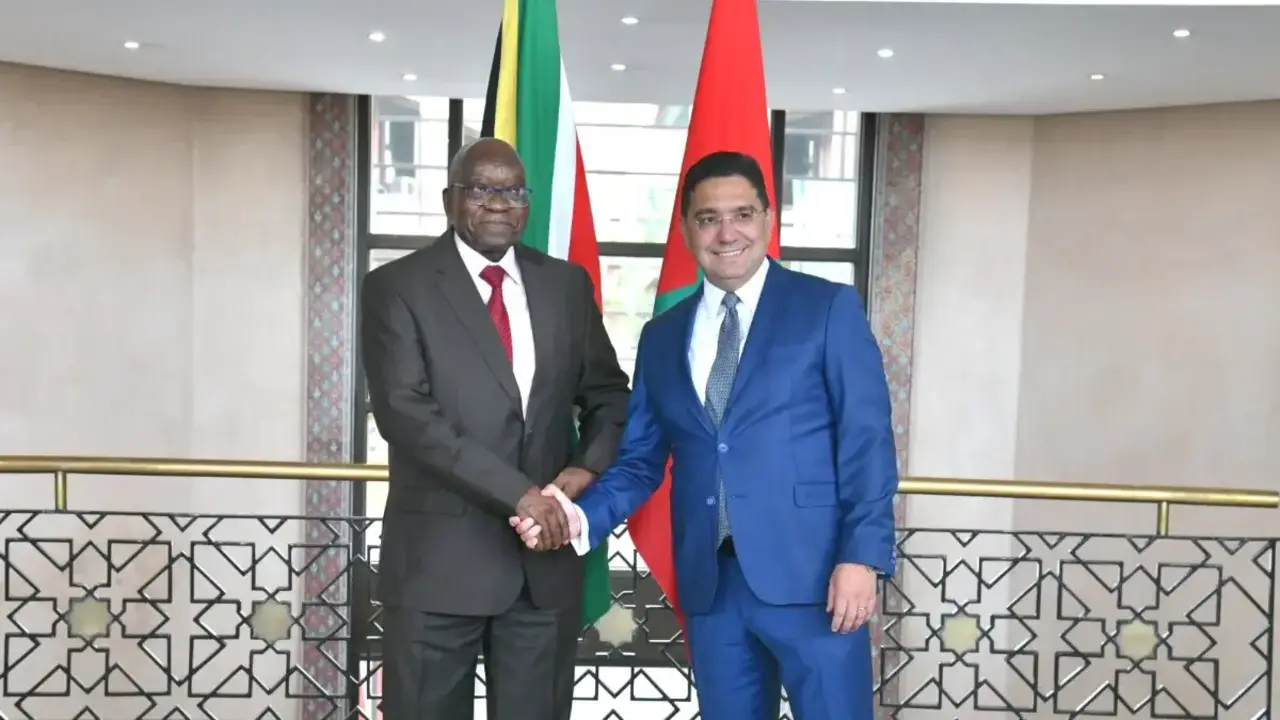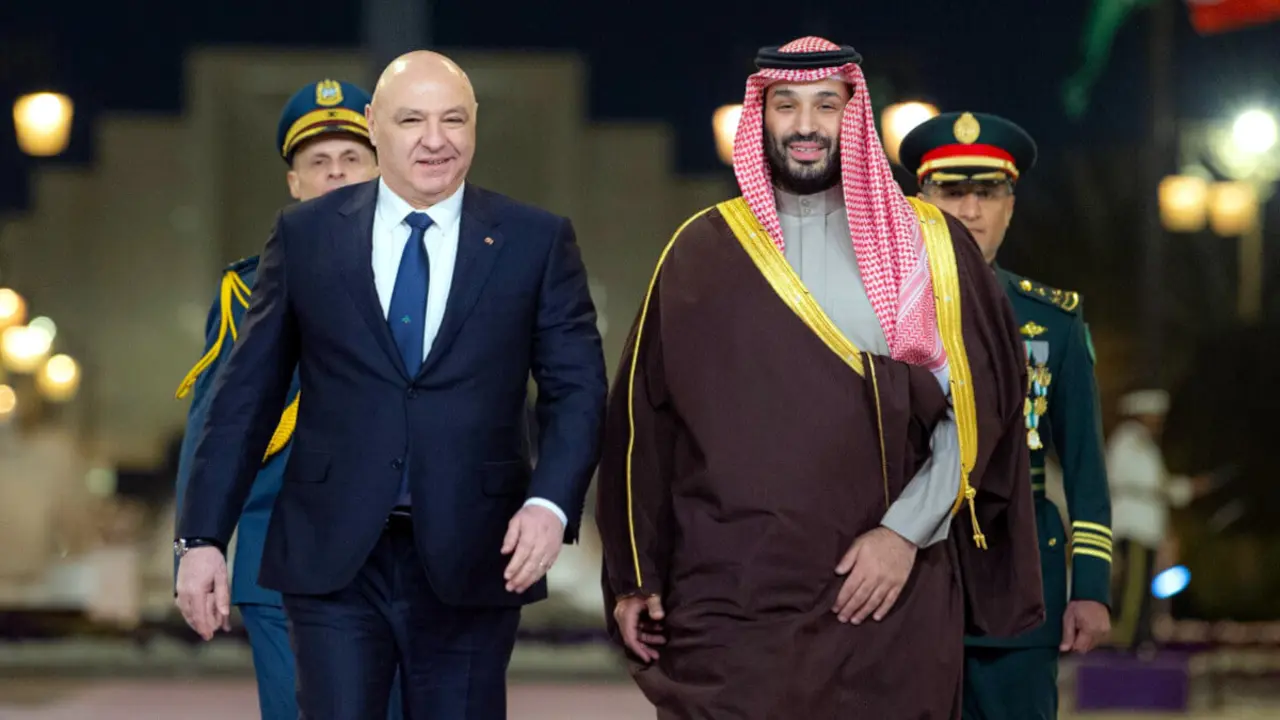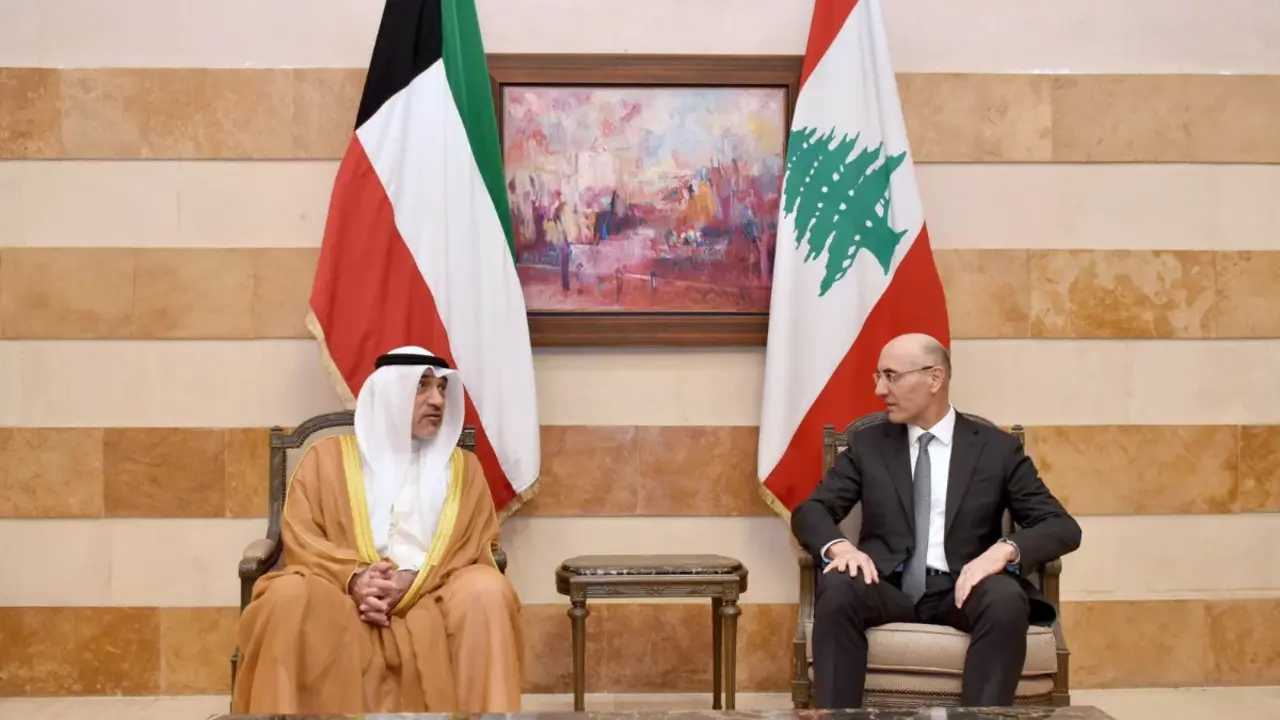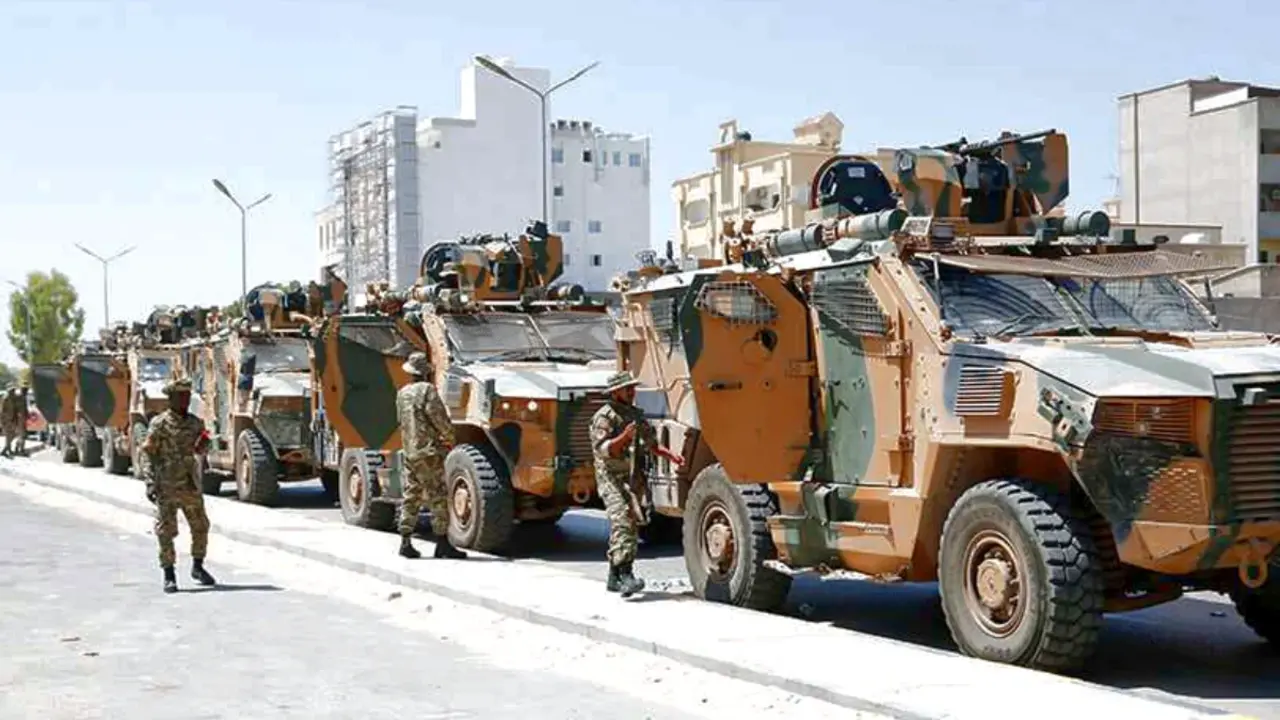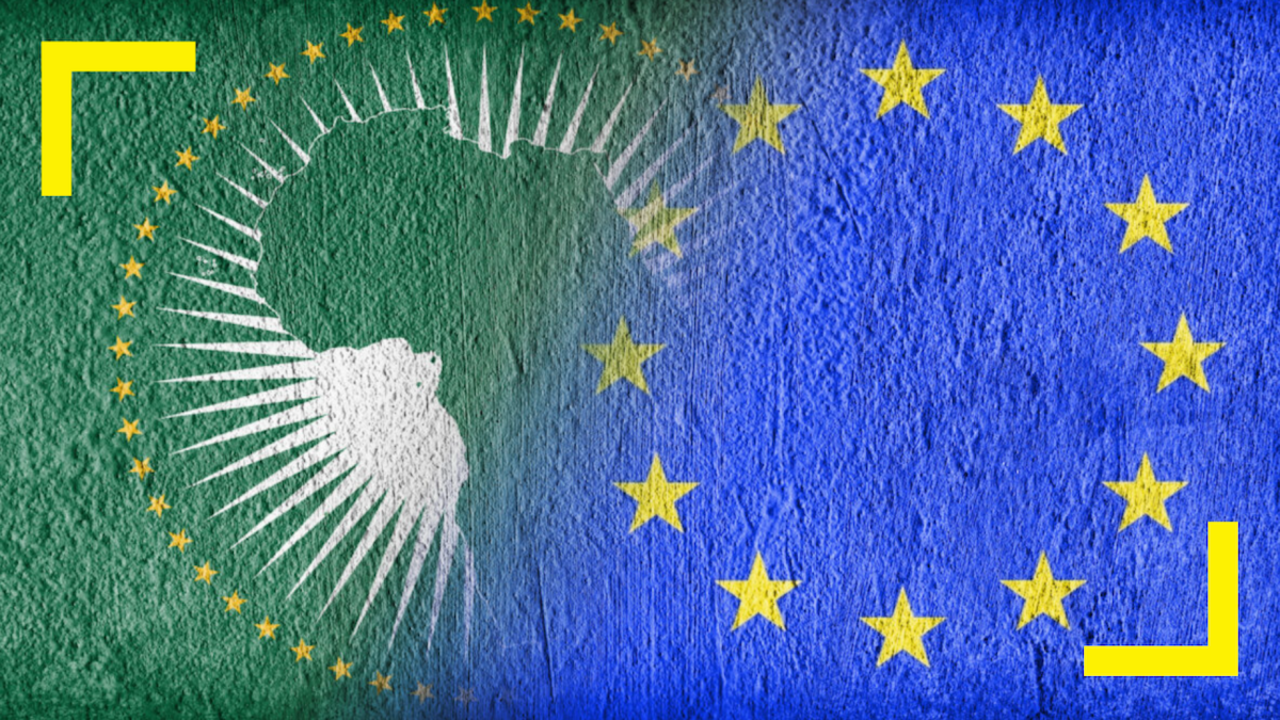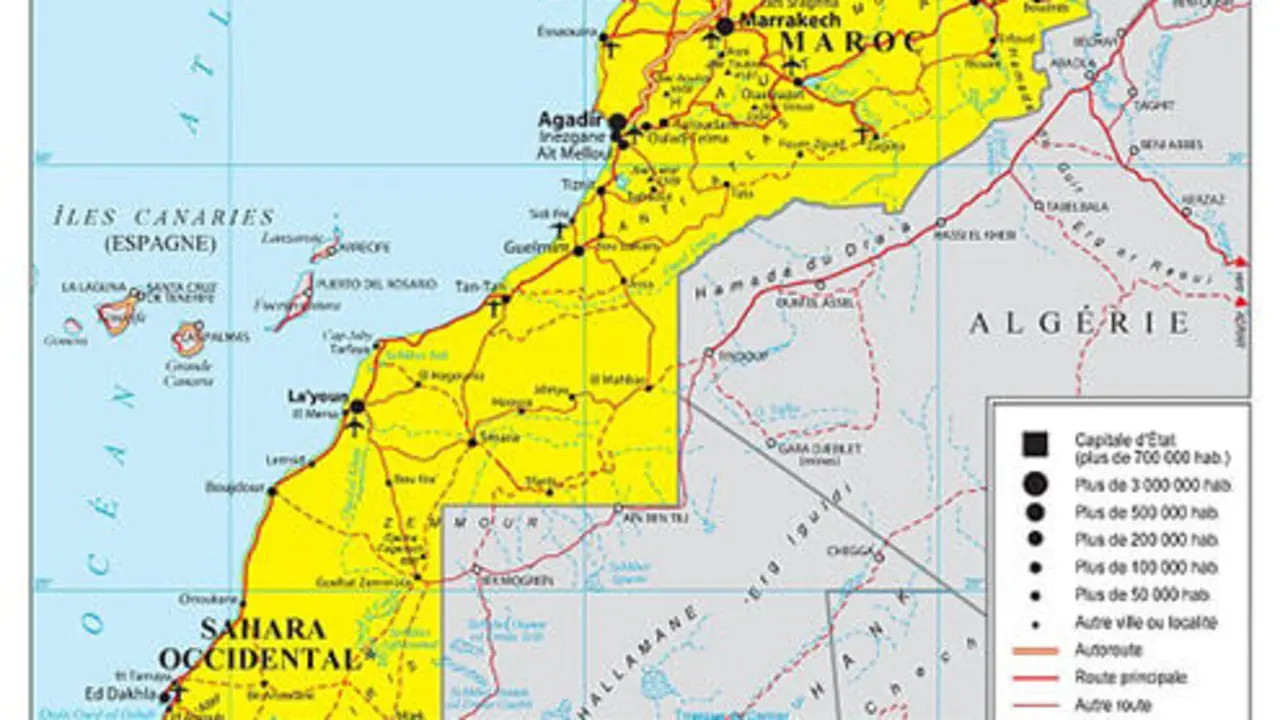Syria, between celebration and uncertainty after the fall of the Al-Assad regime
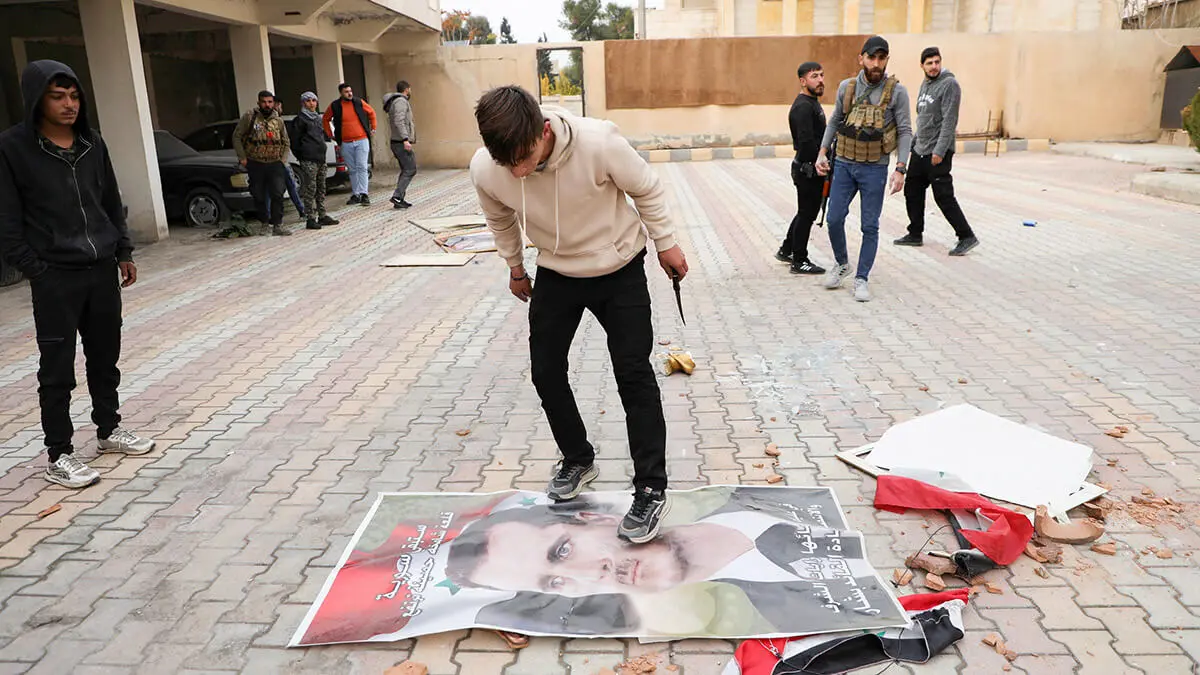
- The fall of al-Assad, a defeat for the Iranian regime
- Israel seizes the Syrian side of the Hermon and destroys weapons stockpiles
- Syrian prisons, a symbol of regime brutality
The offensive led by the radical Islamists of Hayat Tahrir al-Sham (HTS) on 27 November has culminated in the fall of Bashar al-Assad in Syria after decades in power, marking a turning point in the war and completely changing the course of the country.
The overthrow of the Syrian regime brings to an end the long dynasty of the al-Assad family after 50 years in power and opens a new era in Syria marked by uncertainty. The UN special envoy for Syria, Geir Pedersen, has already called for urgent talks in Geneva to ensure an ‘orderly political transition’ in the country, where many fear a repeat of a scenario similar to what happened in Libya or Iraq after the fall of the Qaddafi and Saddam Hussein regimes.
Talks in Geneva will gain momentum around the implementation of a UN resolution, adopted in 2015, which calls for a Syrian-led political process. The resolution also calls for the establishment of a transitional governing body, followed by the drafting of a new constitution and the holding of UN-supervised elections.
The insurgents who have seized power are led by HTS, Syria's most powerful rebel organisation, along with a Turkish-backed Syrian militia group called the Syrian National Army (SNA) whose main aim is to fight Kurdish forces north of Aleppo that fall under the umbrella of the Syrian Democratic Forces (SDF).
HTS, designated as a terrorist group by the US, Russia, Turkey and other countries, split from al-Qaeda in 2016. The group is led by commander Abu Muhammad Al-Jolani, who previously led the Nusra Front, al-Qaeda's branch in Syria.
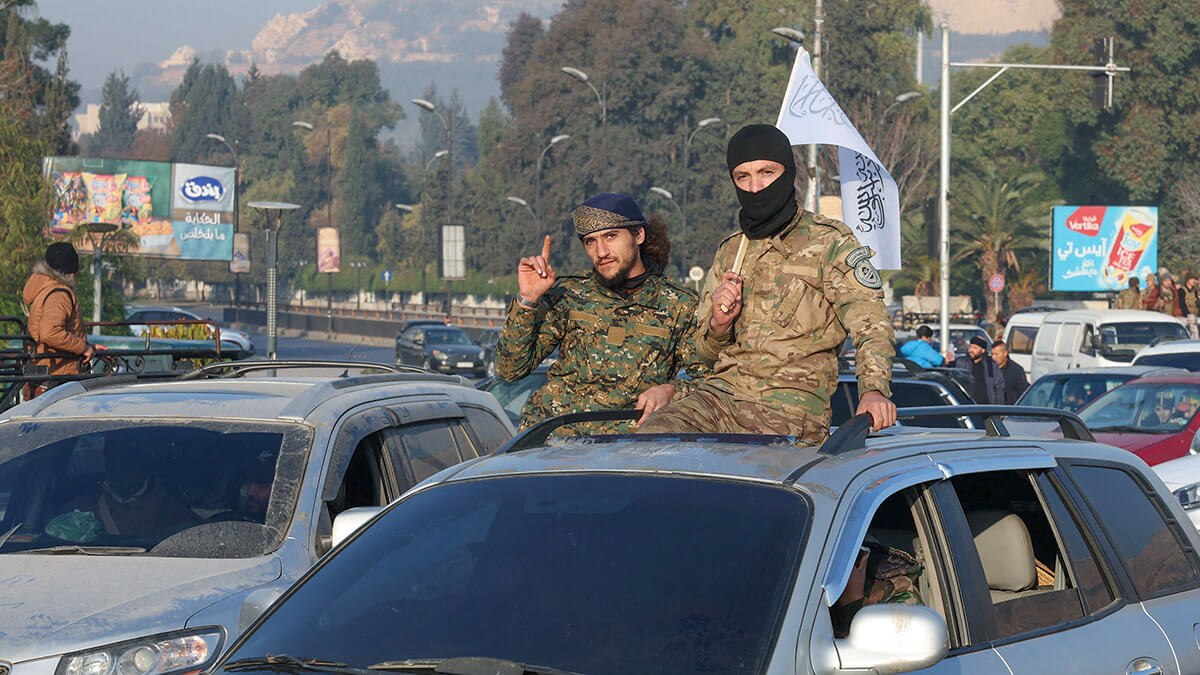
In a recent interview with CNN, the first in many years, Al-Jolani expressed his willingness to create a government based on institutions and a ‘council elected by the people’. This interview with the US media outlet represents a radical departure from the rhetoric used by the Islamist leader during his first televised interview in 2013 with Al Jazeera.
Al-Jolani sought to reassure Syrian civilians, assuring Christians and other religious and ethnic minorities that they will live safely under his rule. ‘There were some violations against them [minorities] by certain individuals during periods of chaos, but we addressed these problems,’ Al-Jolani said, stressing that “no one has the right to eliminate another group”. ‘These sects have coexisted in this region for hundreds of years and no one has the right to eliminate them,’ he said.
The HTS leader also called on Jolani to withdraw foreign forces from Syria, which hosts troops from the US, Turkey, Russia and Iran, as well as pro-Iranian militias such as Lebanon's Hezbollah.
بمقابلة حصرية مع CNN.. شاهد ما قاله #الجولاني عن صلته بـ #القاعدة و #داعش وإدراجه على قائمة الإرهابhttps://t.co/6DL7NB9qtD pic.twitter.com/A43ISrPjzF
— CNN بالعربية (@cnnarabic) December 6, 2024
Meanwhile, Turkish-backed Syrian rebels have launched an offensive in the Manbij area, days after seizing a Kurdish-controlled enclave.
One of the big unknowns following the fall of al-Assad relates to the possible power struggle between HTS and the SNA, as they have been allies at times but have also clashed in the past.
The fall of al-Assad, a defeat for the Iranian regime
On the other hand, another of the questions most often asked these days refers to the rapid advance of the rebel forces, which have managed to take over key cities such as Aleppo, Hama and Damascus with little resistance.
It highlights how little help the al-Assad regime, now in exile in Russia with his family, has received from its allies. Moscow is focused on its war in Ukraine, while Hezbollah and the Islamic Republic of Iran have been significantly weakened by their confrontation with Israel.
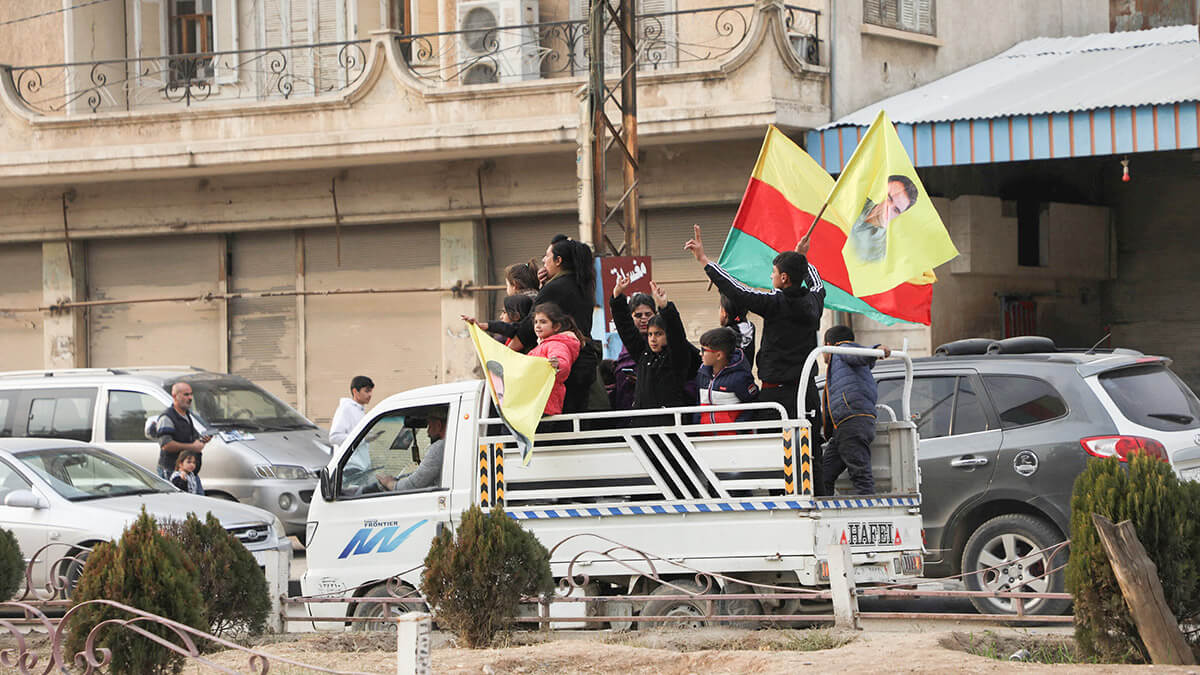
Al-Assad's fall also represents a defeat for the Iranian regime, which sees its so-called ‘Axis of Resistance’ losing more and more power and influence in the Middle East. The attack launched by Hamas on 7 October has led to profound changes in the geopolitical landscape of the region. The war with Israel has left the main Tehran-backed groups, such as Hezbollah, significantly weakened, which has been exploited by Syrian rebels to launch their offensive against the regime.
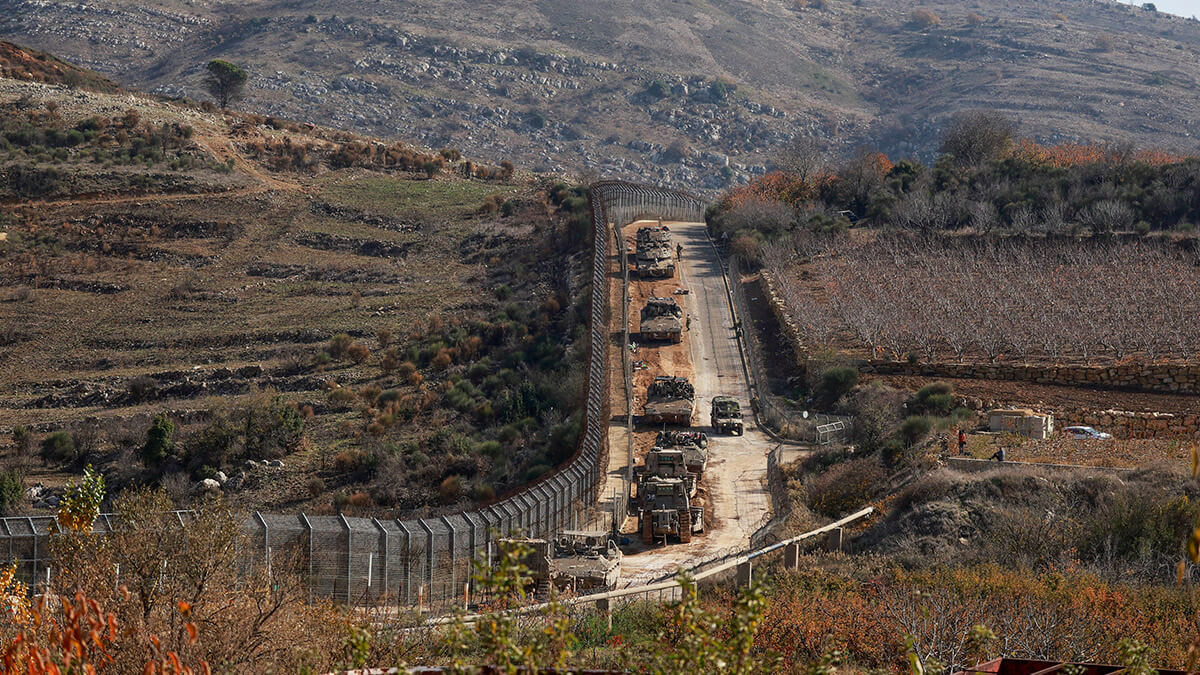
Israel seizes the Syrian side of the Hermon and destroys weapons stockpiles
Amid this chaos in Syria, Israel has decided to seize the Syrian side of the Mount Hermon mountain range to extend a demilitarised buffer zone along the Syrian border.
Mount Hermon is of great importance to the Jewish state, as it offers a strategic advantage by providing high ground overlooking the entire region, allowing Israel to anticipate any potential invading force earlier.

The Israeli army has also targeted a chemical weapons factory and several weapons stockpiles belonging to the regime to prevent them from falling into rebel hands.
Similarly, the US has confirmed several air strikes against Daesh targets in Syria following the fall of the regime. According to the US Central Command (CENTCOM), more than 75 targets have been hit, including leaders, operatives and camps of the terrorist group to ensure it does not take advantage of the situation.
The strikes came after outgoing US President Joe Biden described the fall of al-Assad as a ‘historic opportunity’ for the Syrian people to ‘build a better future for their country’.
At long last, the Assad regime has fallen.
— President Biden (@POTUS) December 8, 2024
The fall of this regime is a fundamental act of justice.
It is a moment of historic opportunity for the long-suffering people of Syria to build a better future for their country.
It is also a moment of risk and uncertainty.
For his part, the future president, Donald Trump, indicated that his administration would not get involved in any conflict in the country. ‘Syria is a disaster, but it is not our friend,’ Trump wrote on Truth Social, where he also assured that Washington should not get involved in the events.
Opposition fighters in Syria, in an unprecedented move, have totally taken over numerous cities, in a highly coordinated offensive, and are now on the outskirts of Damascus, obviously preparing to make a very big move toward taking out Assad. Russia, because they are so tied up…
— Donald J. Trump (@realDonaldTrump) December 7, 2024
Syrian prisons, a symbol of regime brutality
Despite the uncertain future, many in Syria and abroad are celebrating the fall of al-Assad after decades of oppression and dictatorship. The brutality of the regime that gassed its own people during the civil war is once again on display after the liberation of many of the prisons.
This toddler never saw anything other than terror and torturing. He was born in Sydnaya prison. pic.twitter.com/uXquU79ICJ
— Asaad Sam Hanna (@AsaadHannaa) December 9, 2024
The infamous Saydnaya prison, dubbed the ‘human slaughterhouse’, is one of the symbols of the torture and human rights violations committed during the al-Assad era. Although many of those imprisoned - mostly political prisoners and even children - have been released, it is estimated that many are still trapped underground in hidden cells.
In Sednaya dozens of people were secretly executed every week. It is estimated that up to 13,000 Syrians were killed between 2011 and 2016.


